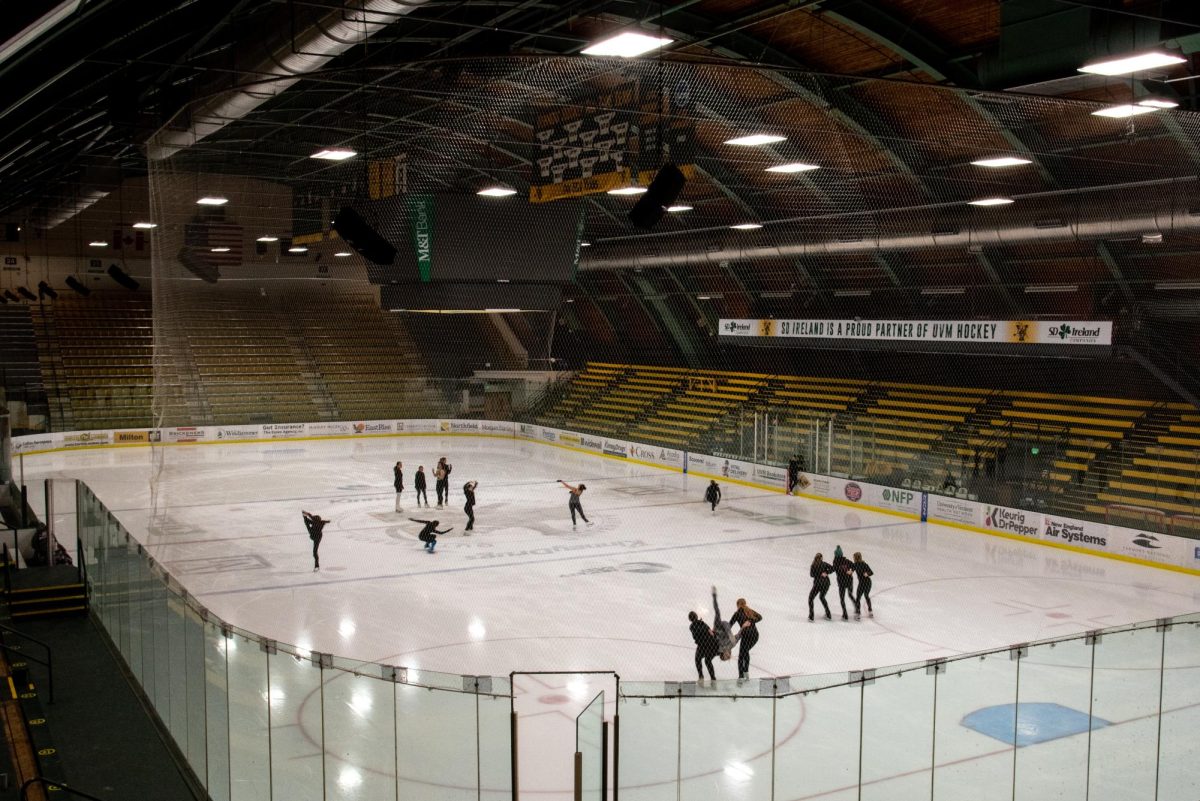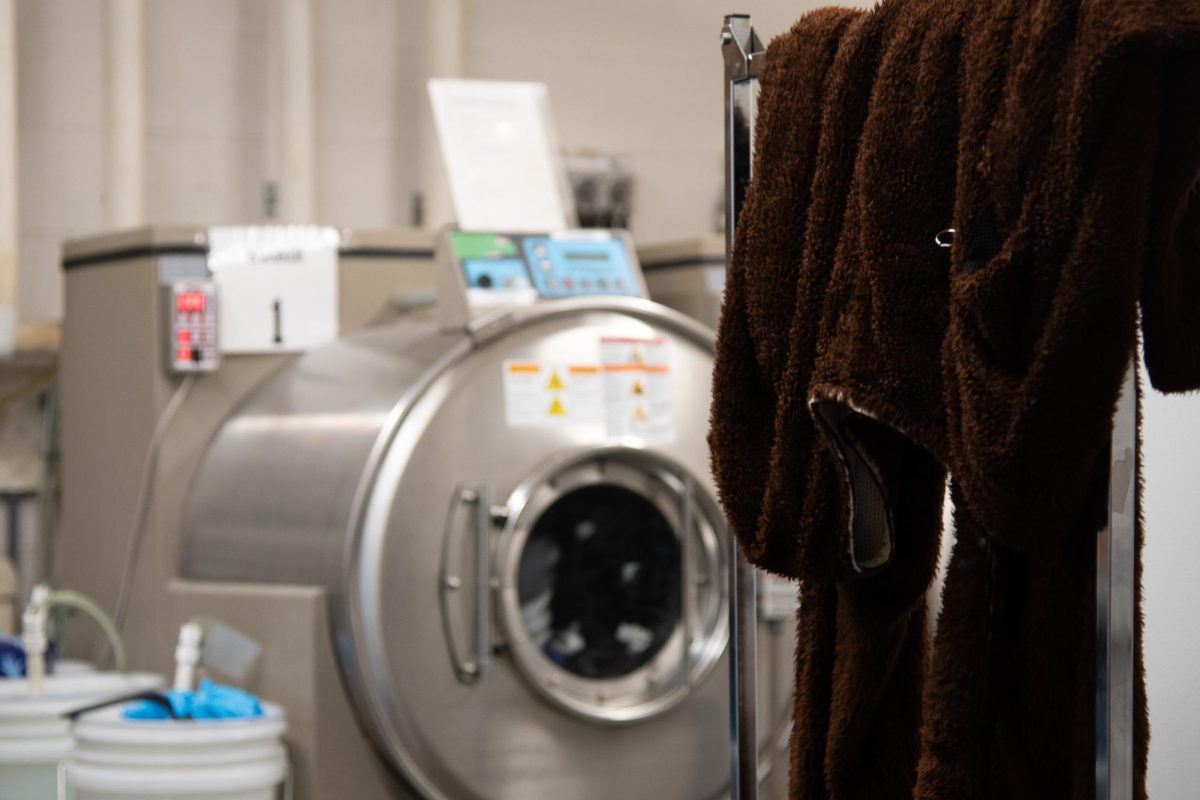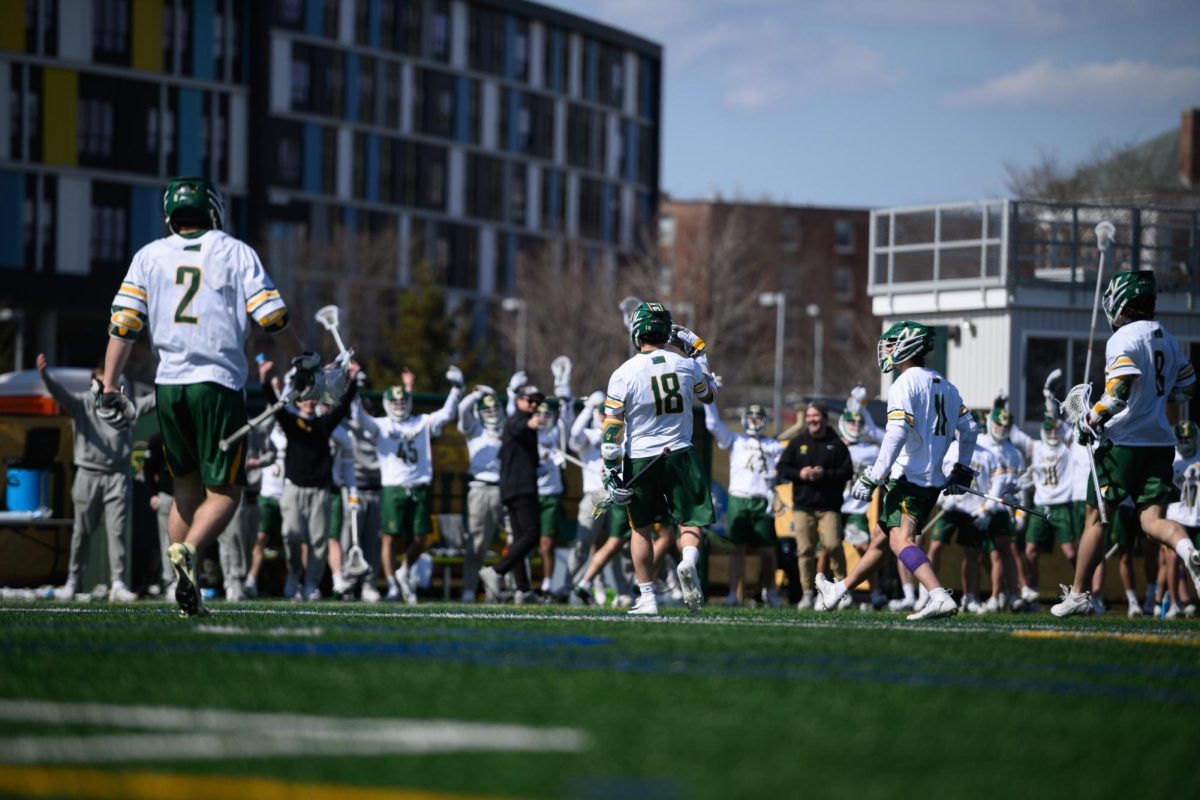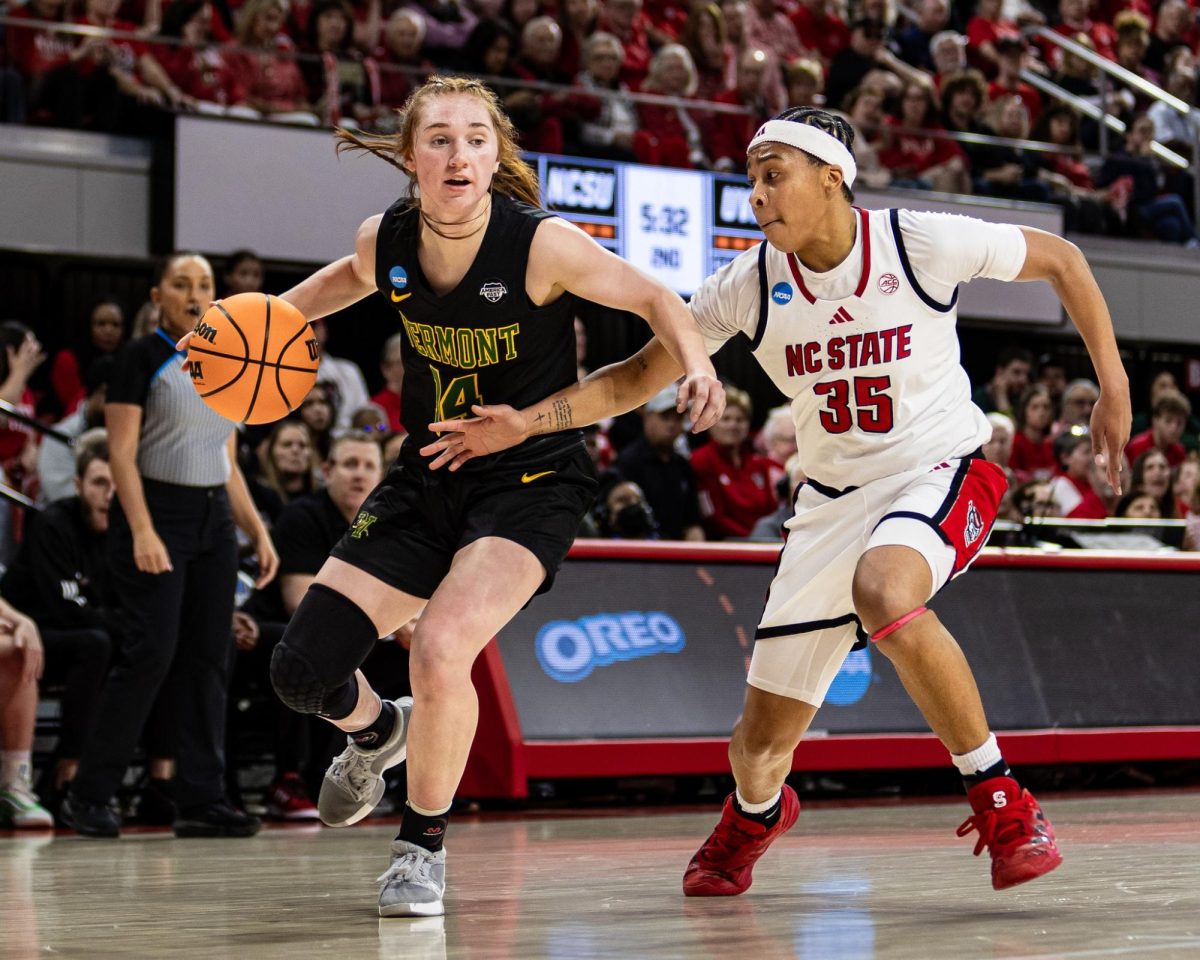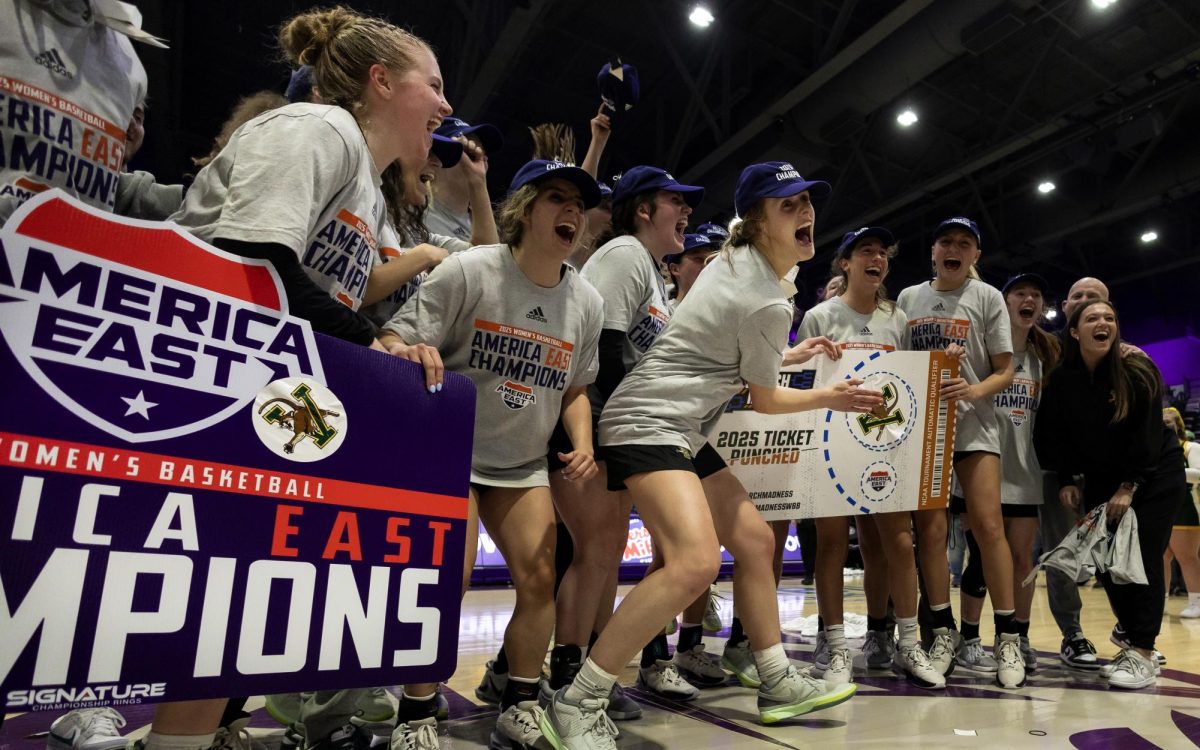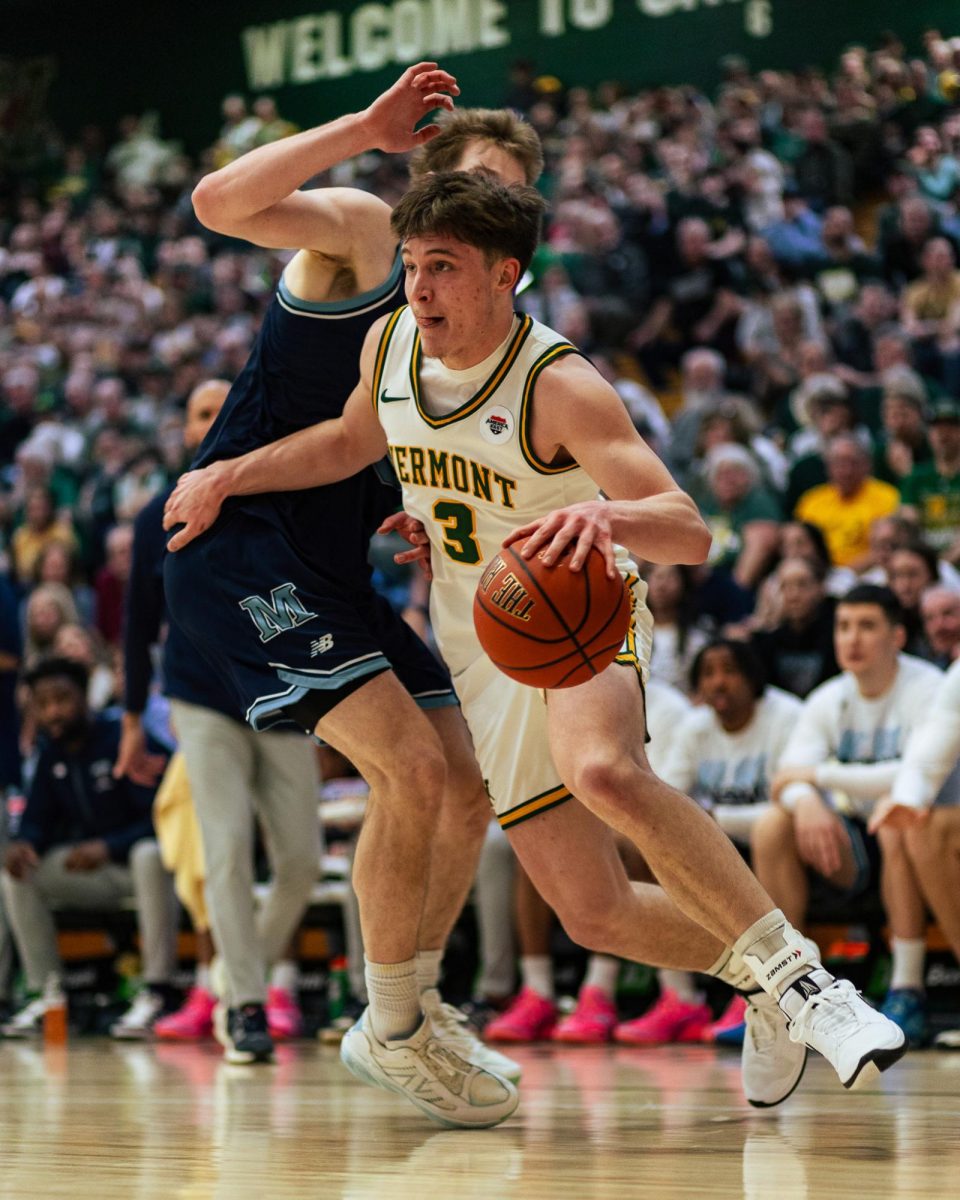There are multiple fields around campus that UVM’s sports teams use.
Joe Fischer, assistant athletic director at UVM, said there are two kinds of fields: turf and natural grass.
The natural grass field are only used for campus recreation, while varsity teams play on the turf.
Moulton Winder Field opened in 2005 and Virtue Field, which opened in 2012 are UVM’s two turf fields.
“We still maintain [the natural grass] for campus rec, but we don’t have to keep it for varsity competition,” Fischer said. “Now we just play on the turf and we can play five games a day because that’s what they’re made for.”
Fischer said turf is easier to maintain and believes more schools in the Northeast should adopt it.
“We play lacrosse in February on it,” Fischer said.
Fischer said prior to the turf installation, some of the varsity teams played at Centennial Field and on other natural grass fields, but they’d have to wait until April for the grass to thaw.
The turf is two layers of 4-inch microfiber strands sewn together by a machine, he said.
They put a layer of soil and rubber over the fibers to protect them, Fischer said. All they have to do to maintain it is make sure the rubber is replenished every so often, he said.
The lines on the turf also aren’t painted. The turf that is a different color comes that way, Fischer said.
Natural grass fields are fertilized once or twice a year. There is a bit of a more “elaborate” maintenance procedure than if it were natural grass because people play on it, he said.
“There’s depressions so we go over and keep it as level as we can because we don’t want danger spots,” Fischer said.
UVM soccer players are accustomed to the difference between grass and turf.
“There’s a huge difference between playing on Virtue and UVM’s grass fields,” women’s club soccer senior Gina Abbiati said. “I favor playing on Virtue Field because turf fields are more consistent whereas grass fields can be unpredictable and difficult to play on anywhere you go.”


